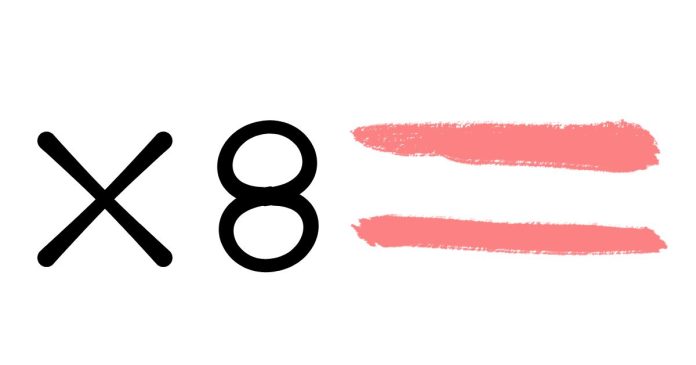What Number, When Multiplied by 8, Equals 3?
In mathematics, one common type of question involves finding a number that satisfies a certain condition. A typical example of this is: “What number, when multiplied by 8, equals 3?”
This problem requires us to determine the value of a number that, when multiplied by 8, results in 3. Mathematically, we express this as:
8×x=38 \times x = 3
Where xx is the unknown number. To solve for xx, we can rearrange the equation by dividing both sides by 8:
x=38x = \frac{3}{8}
When you perform the division, you get:
x=0.375x = 0.375
So, the number that, when multiplied by 8, equals 3 is 0.3750.375.
Understanding the Concept
This type of problem involves basic algebra, specifically solving for an unknown variable. It’s a great example of how division and multiplication are inverse operations. By dividing both sides of the equation by 8, we “undo” the multiplication and isolate the variable xx.
Practical Applications
While this might seem like a simple math problem, understanding how to solve it is essential for more complex mathematical concepts, including algebra, proportions, and even real-world scenarios where quantities are scaled or adjusted.
Whether you’re working with recipes, measurements, or even financial calculations, being able to determine how a number relates to another through multiplication or division is an important skill.


